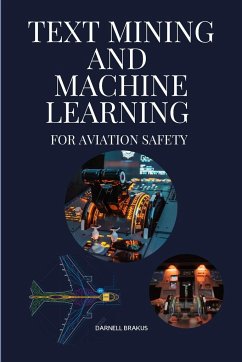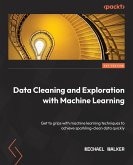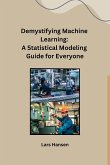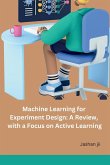The identification and interpretation of adverse event root cause is a critical function supporting the development of appropriate corrective actions in high-risk industries. Aviation Human Factors (HF) professionals are interested in identifying events caused by human error in aircraft and engine assembly and maintenance to develop solutions to systemic issues. Current event classification methods are heavily dependent on manual review of report narratives, which presents an opportunity to explore automated techniques using data science (DS), rule-based classification, and machine learning (ML). In this study, automated classification models were developed, combined, and compared, using multiple event report fields as model inputs. Based on the determination that event narratives are the most valuable source of root cause information, natural language processing (NLP) and feature engineering methods were explored to identify patterns in human language associated with error causal factors.
Hinweis: Dieser Artikel kann nur an eine deutsche Lieferadresse ausgeliefert werden.
Hinweis: Dieser Artikel kann nur an eine deutsche Lieferadresse ausgeliefert werden.








